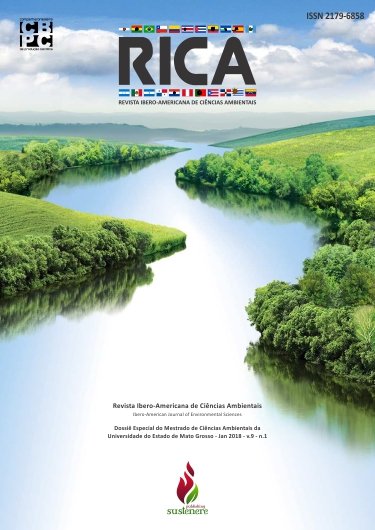Diet of Leopardus Pardalis (ocelot) in southern brazilian Amazon
DOI:
https://doi.org/10.6008/CBPC2179-6858.2018.001.0020Keywords:
Amazon, Mesopredator, DietAbstract
Forest fragmentation and habitat loss are the main factors in the extinction of tropical rainforests such as the Amazon, and carnivorous mammals are the first to disappear due to competitive exclusion. The ocelot is an omnipresent of opportunistic food habits with a generalist diet, which, given an increasingly anthropic and fragmented landscape, gives it adaptive advantages at first. Aiming for a better understanding of the ocelot diet in southern Amazonia, the stomach contents of three ocelots from the region of Alta Floresta were analyzed. In the composition of the ocelot diet osanfibians were more abundant (50%), followed by mammals (31.25%), reptiles (12.50%) and birds (6.25%). It was also reported predation of an alligator (Crocodylia: Alligatoridae), and of a laziness (Choloepus sp.). The results suggest that the ocelot diet in southern Amazonia is associated with the availability of resources classifying it as a generalist opportunistic species.
Downloads
Downloads
Published
Issue
Section
License
The CBPC - Companhia Brasileira de Produção Científica (Brazil CNPJ: 11.221.422/0001-03) the material rights of the published works. The rights relate to the publication of the work anywhere in the world, including rights to renewals, expansions and dissemination of the contribution, as well as other subsidiary rights. All electronically published works may subsequently be published in printed collections under the coordination of this company and / or its partners. The authors preserve the copyright, but are not allowed to publish the contribution in another medium, printed or digital, in Portuguese or in translation.









